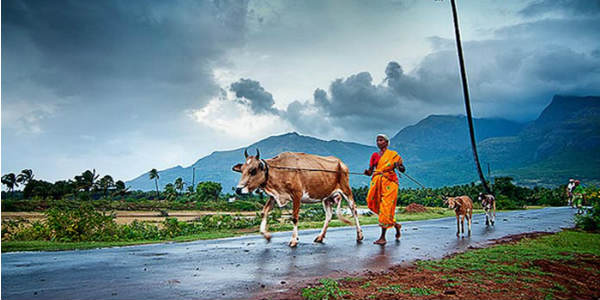NEW DELHI: The India Meteorological Department (IMD) has developed a new technology to assess the rise of water level in rivers and reservoirs during rain.
The technology, called ‘Impact Based Forecasting Approach‘, which shows pre-event scenario, can help state governments to minutely monitor the impact of rain and take real-time decisions.
At an event organised by the Centre for Science and Environment, IMD Director-General KJ Ramesh said the new technology will be helpful for every state authority to take a decision.
“We can run this system in a pre-event scenario. We are now in a position to use to this technology into service. We should be able to generate a scenario where we can take decisions to release water or not release it,” he said.
The IMD DG admitted that excessive rainfall that led to floods in Kerala was a result of climate change and in terms of rainfall it was very heavy.
The heavy downpour that ravaged Kerala for a fortnight ending August 21 caused the death of around 500 people and economic damages worth over Rs 40,000 crore.
Kerala Chief Minister Pinarayi Vijayan had said in the State Assembly that there were “lapses” on the part of the IMD’s rain forecast.
The IMD had forecast an estimated 98.5 mm rain in the state between August 9-15, but Kerala received was 352.2 mm of rainfall, Vijayan said.
“The number of cyclones has increased from 10 to 18 every year as reported in Nature magazine and secondly quantum of precipitation which was 13 days has come down to 10 days,” he said.
Old Method vs New Technology:
IMD issues its forecast for the June-September monsoon season in April, which is based on the Ensemble Statistical Forecasting System that uses five predictors. These predictors along with some equations are used by scientists to carry out a statistical analysis to finally come out with a forecast.
The problem is that this method uses data from the past 100 years to come up with a forecast when many of the relationships between global climate factors have changed.
The dynamical forecast system, on the other hand, is based on current physical observations of the atmosphere, cloud properties and oceans, which can then be used to get a forecast.
The observations are used to run the model on a supercomputer at IITM Pune to arrive at a rainfall forecast
There is another technology which would help in identifying warm ocean segments that are contributing to the rapid intensification of the systems.
Source:LeagueofIndia
Image Source: Skymetweather
You may also like
-
New Heat-Based Approach To Cancer Treatment Can Reduce Chemotherapy Doses
-
Scientists Take A Major Step Towards Unification Of Classical & Quantum Gravity
-
India Graphene Engineering and Innovation Centre (IGEIC) Under the Vision of Viksit Bharat@2047 Launched
-
New High-Performance Gas Sensor can Monitor Low Level Nitrogen Oxides Pollution
-
Antidepressant Drug can be Repurposed for Treating Breast Cancer
